The year 2025 is shaping up to be a watershed moment for blockchain technology, with scalability breakthroughs finally clearing the path for genuine mass adoption. No longer just a buzzword in developer circles, blockchain scalability has become the linchpin for mainstream enterprise integration and consumer use cases. Gone are the days when sluggish transaction throughput and sky-high gas fees stifled innovation—today’s networks are leveraging a new generation of scaling solutions that promise not only speed but also security and decentralization.

The Scalability Bottleneck: Why It Mattered
For years, blockchain’s inability to process thousands of transactions per second (TPS) was its Achilles’ heel. As Forbes notes, prioritizing scalability is critical to ensuring global adoption without sacrificing speed or cost-efficiency. Early blockchains like Bitcoin and Ethereum could barely handle the transaction loads seen on legacy payment rails. This led to network congestion, exorbitant fees, and an overall poor user experience—hardly conducive to onboarding millions of new users or supporting tokenized real-world assets.
The urgency to solve these issues accelerated research into advanced scaling techniques. The result? A Cambrian explosion of protocols designed specifically to boost crypto transaction speed while maintaining trustless security.
Layer 2 Scaling Solutions: The Engine Behind Speed
If 2024 was the year Layer 2 (L2) solutions went mainstream, then 2025 is when they’ve become indispensable. L2s are built atop base layer blockchains (Layer 1), processing transactions off-chain before bundling them back onto the main network—dramatically increasing throughput and slashing fees.
Top Layer 2 Solutions Powering Blockchain in 2025
-
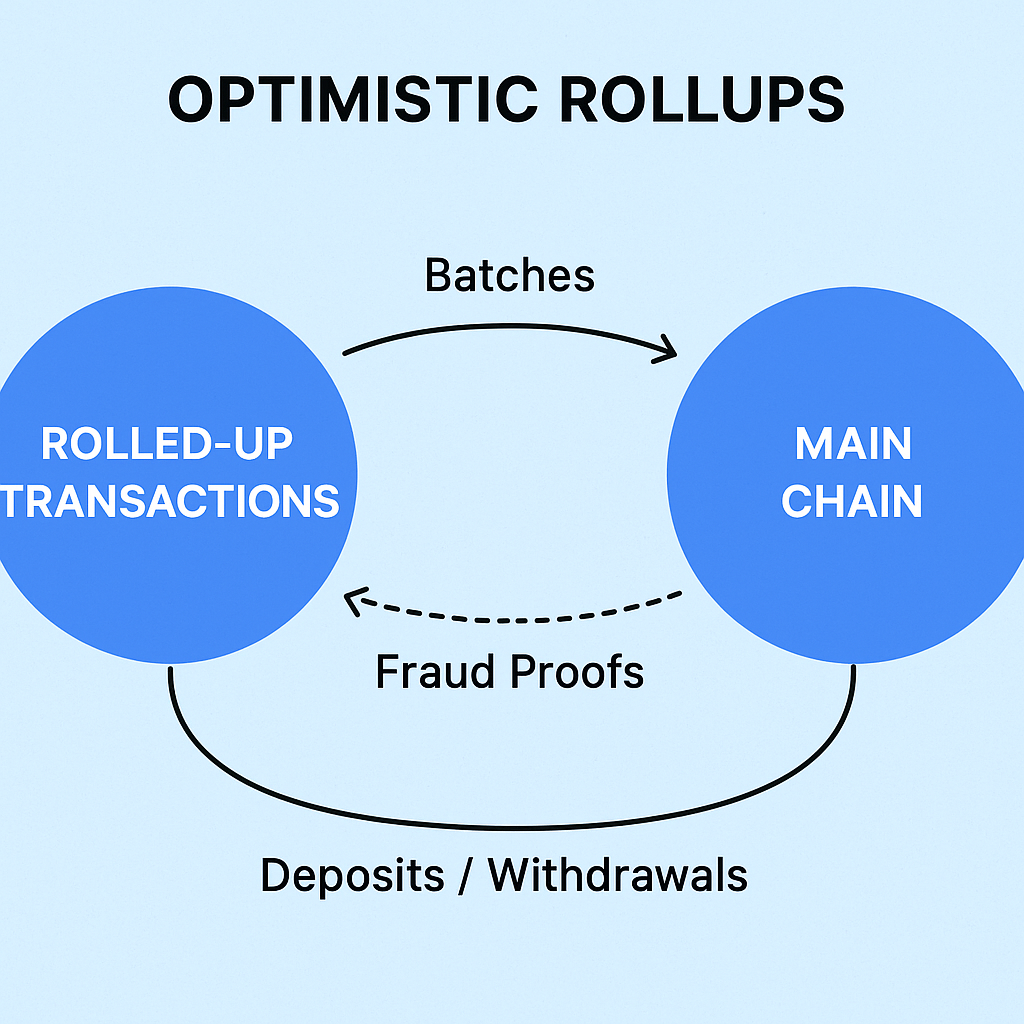
Optimistic Rollups: These solutions bundle transactions off-chain and submit only proofs to the main chain, significantly boosting throughput while maintaining security.
-
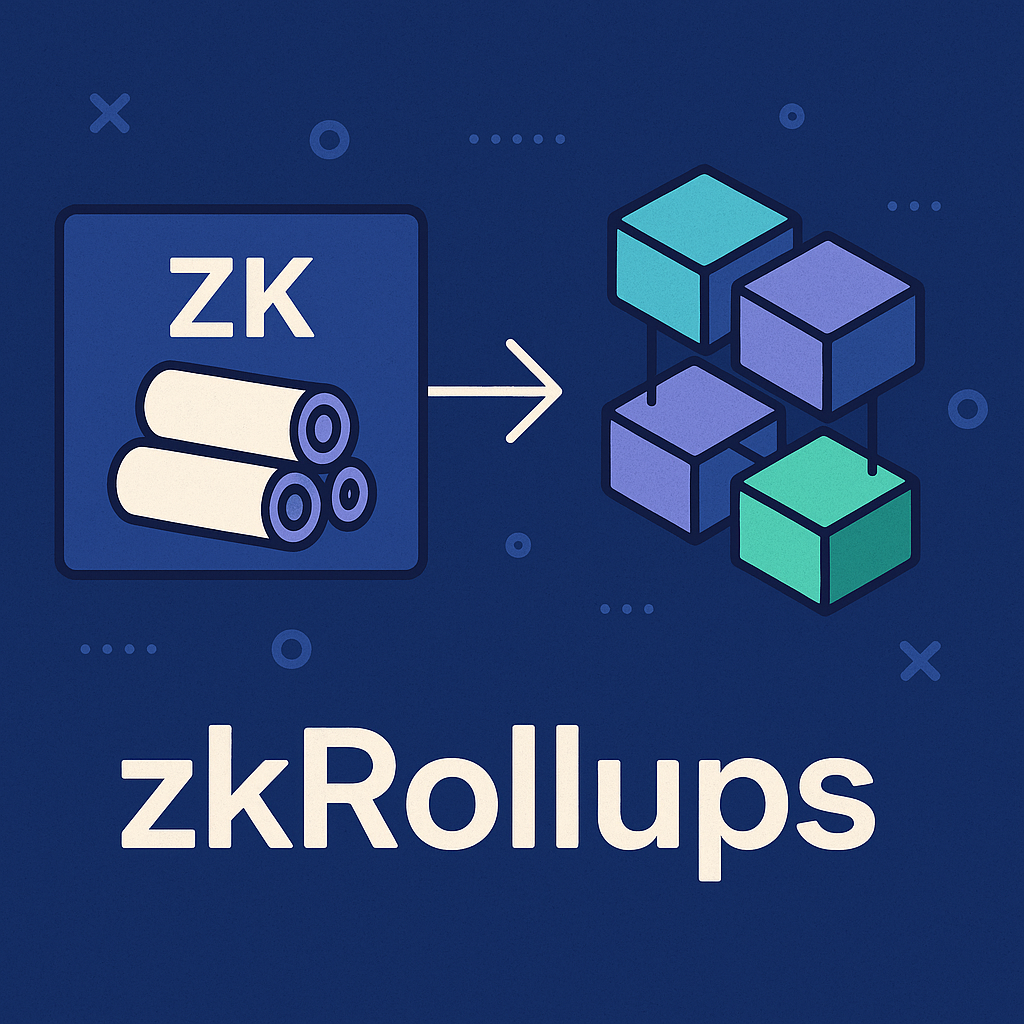
Zero-Knowledge (ZK) Rollups: By using advanced cryptography, ZK rollups aggregate hundreds of transactions and post succinct proofs on-chain, enabling fast and private transactions.
-
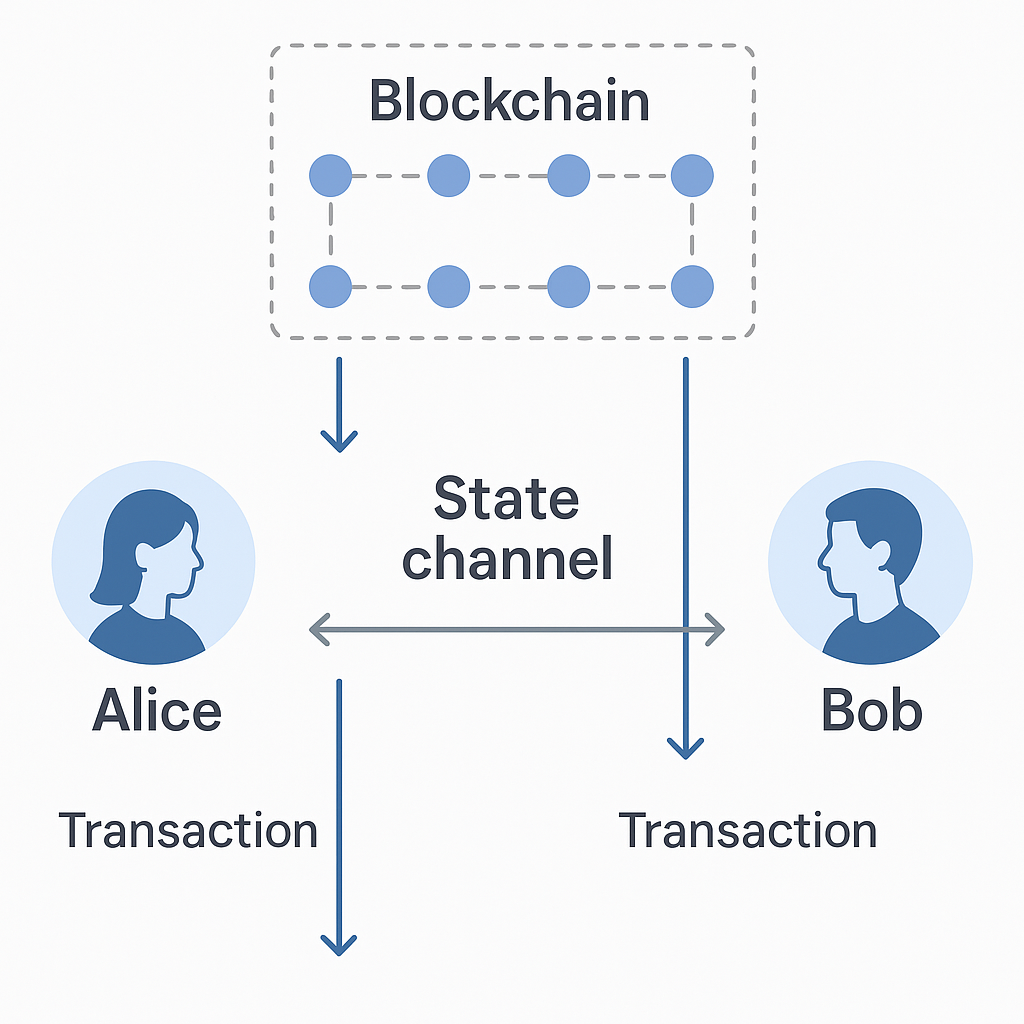
State Channels: State channels allow users to transact off-chain and only settle final results on-chain, reducing congestion and fees for high-frequency interactions.
-
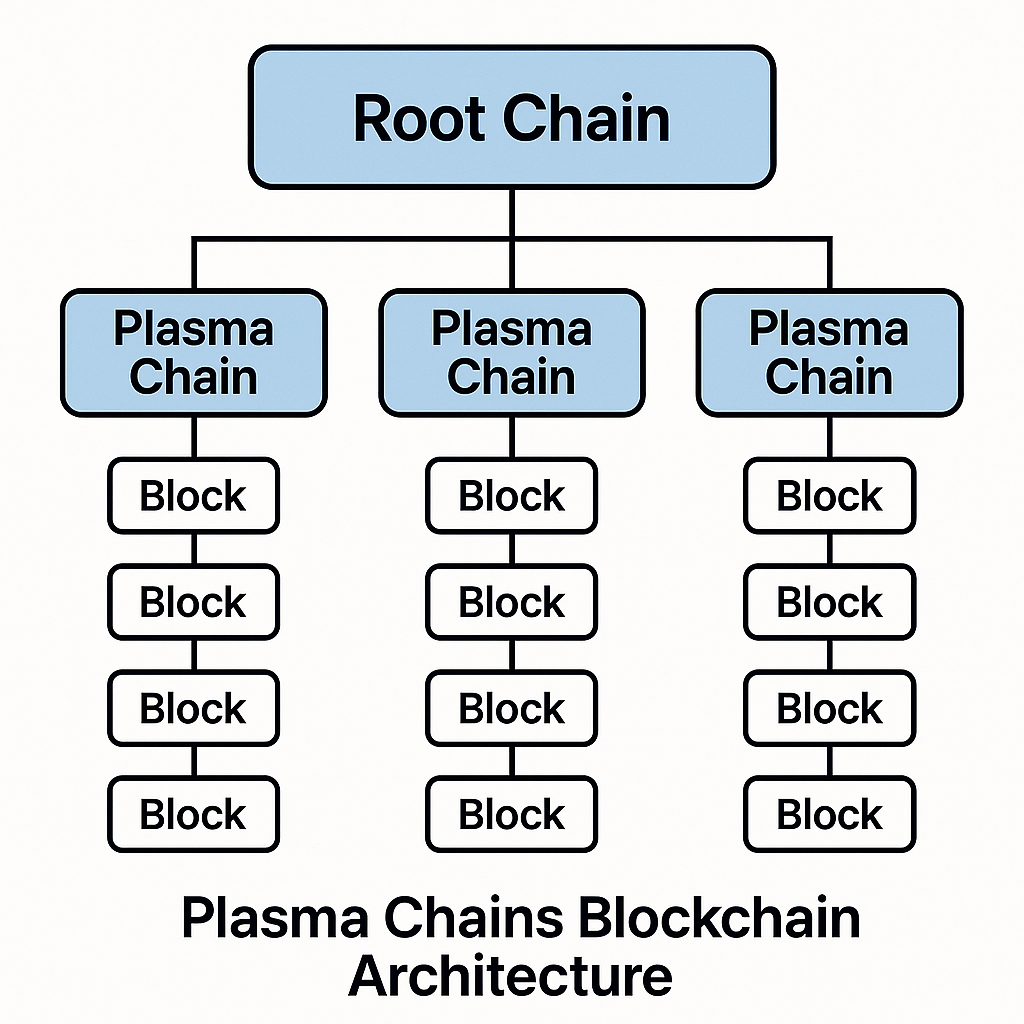
Plasma Chains: Plasma frameworks create smaller child chains for specific applications, offloading transaction processing from the main chain while ensuring robust security guarantees.
-
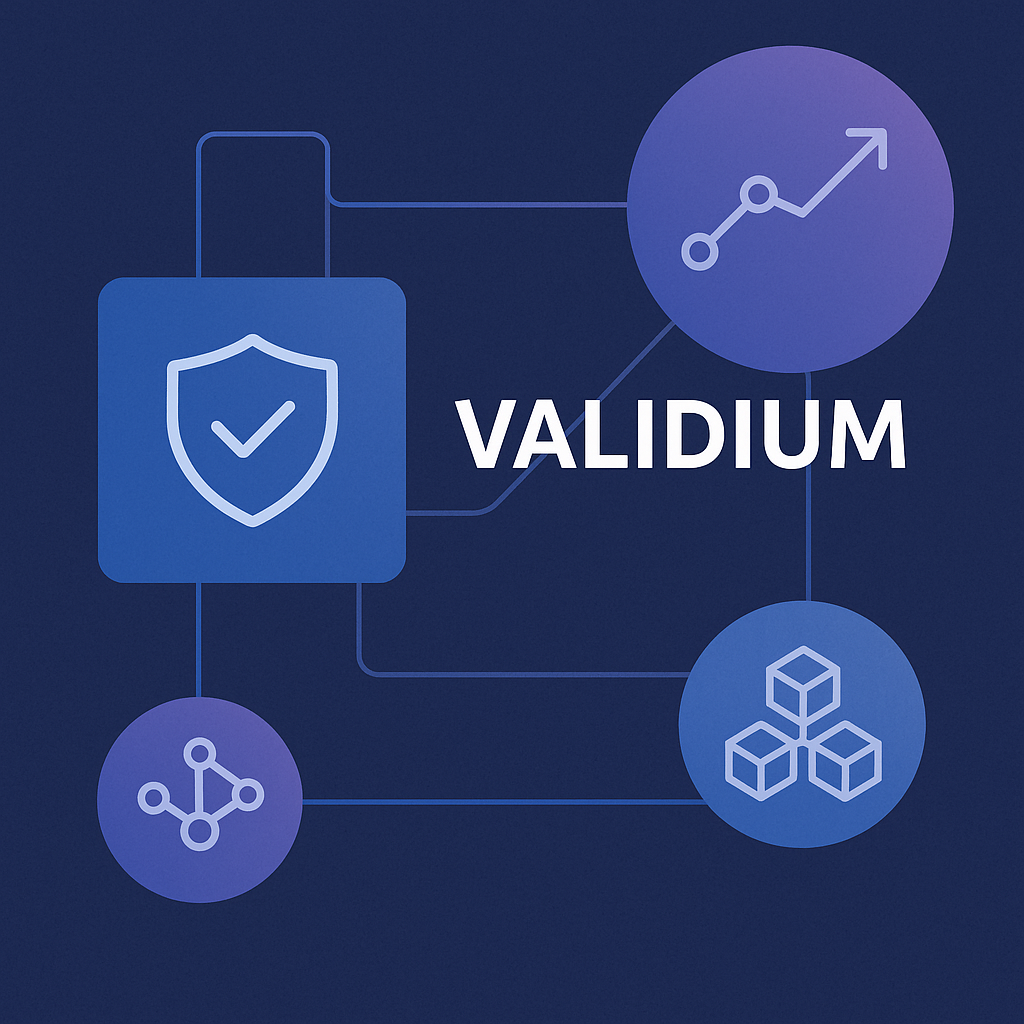
Validium: Validium leverages off-chain data availability with on-chain validity proofs, offering high scalability for applications that require both speed and security.
Protocols like Optimistic Rollups and zk-Rollups have redefined what’s possible for Ethereum, with some networks now boasting sub-second confirmation times and negligible costs. These advances are allowing decentralized applications—from DeFi platforms to NFT marketplaces—to scale seamlessly without compromising on decentralization or composability.
This rapid evolution hasn’t gone unnoticed by enterprises either. According to 101 Blockchains, businesses across finance, supply chain, and even healthcare are integrating L2s as part of their digital transformation strategies—a trend that would have seemed far-fetched just a few years ago.
Beyond Rollups: Next-Gen Techniques Fueling Mass Adoption
The toolkit for blockchain scalability in 2025 extends far beyond rollups alone. Developers are increasingly turning to innovative approaches such as:
- Sharding: Dividing networks into parallel “shards” that process transactions simultaneously—massively boosting TPS without burdening individual nodes.
- Sidechains: Independent chains interoperable with mainnets, enabling specialized use cases like gaming or privacy-focused transactions.
- Off-chain computation: Leveraging trusted execution environments (TEEs) or zero-knowledge proofs for complex data processing outside the main chain.
- DAG-based architectures: Directed acyclic graphs allow asynchronous transaction validation, eliminating bottlenecks inherent in linear chains.
This multi-pronged approach is already transforming user experiences. For example, gaming dApps can now support thousands of concurrent players; payments settle instantly across borders; tokenized assets move frictionlessly between platforms thanks to robust interoperability protocols.
Which blockchain scalability technique will have the biggest impact by end of 2025?
As blockchain adoption accelerates, several new scalability techniques are emerging. Which do you think will shape the future most?
The Data Speaks: Blockchain Adoption Trends in Numbers
A quick glance at recent adoption metrics underscores this momentum shift. According to industry reports such as those from Pantera Capital and Finextra Research, transaction volumes on scalable L1s and L2s have increased tenfold year-over-year. Meanwhile, enterprise deployments—once slow-moving experiments—are now strategic pillars in sectors from finance to logistics.
This isn’t just about raw numbers; it’s about qualitative change too. The conversation has shifted from “Will blockchains ever scale?” to “How do we optimize for billions of users?” That question is no longer hypothetical—it’s driving real investments and technical innovation across the ecosystem.
One of the most compelling indicators of this transformation is the dramatic improvement in crypto transaction speed. Where once even simple transfers could take minutes or longer, modern networks now process high-frequency trading, micropayments, and cross-chain swaps in near real time. This newfound efficiency is crucial for onboarding not just crypto natives, but also mainstream users who expect instant, seamless digital experiences.
It’s not just about throughput. The economics of blockchain have shifted as well. Lower transaction fees—thanks to rollups, sharding, and off-chain computation—are making decentralized applications competitive with their centralized counterparts. This is particularly significant for emerging markets and micro-economies where every cent matters.
AI and Automation: The Secret Sauce for Sustainable Scaling
Another underappreciated force behind blockchain scalability in 2025 is the integration of AI-driven automation. As highlighted by CryptoRobotics, machine learning algorithms now dynamically predict network congestion and optimize resource allocation on-the-fly. This means that blockchains can auto-adjust block sizes, transaction prioritization, and even routing strategies—all without human intervention.
These intelligent systems aren’t just theoretical; they’re already being deployed by major protocols to ensure that scaling doesn’t come at the expense of security or decentralization. The result? A new era where blockchain networks are as adaptive as they are robust.
Real-World Impact: Industries Embrace Scalable Blockchains
The ripple effects of these scalability breakthroughs are now visible across diverse industries:
Real-World Blockchain Applications in 2025
-
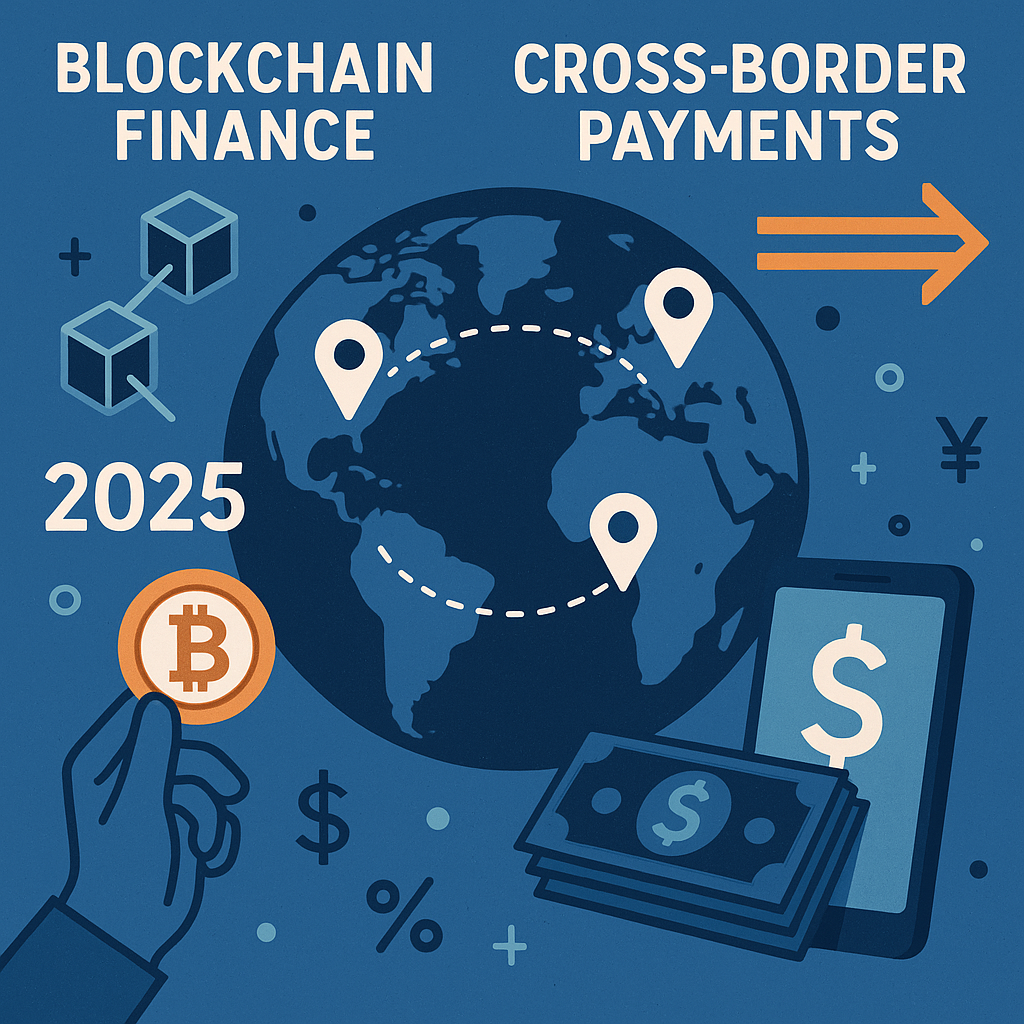
Finance: Global payment networks utilize scalable blockchains to enable instant cross-border settlements with reduced fees and enhanced transparency.
-
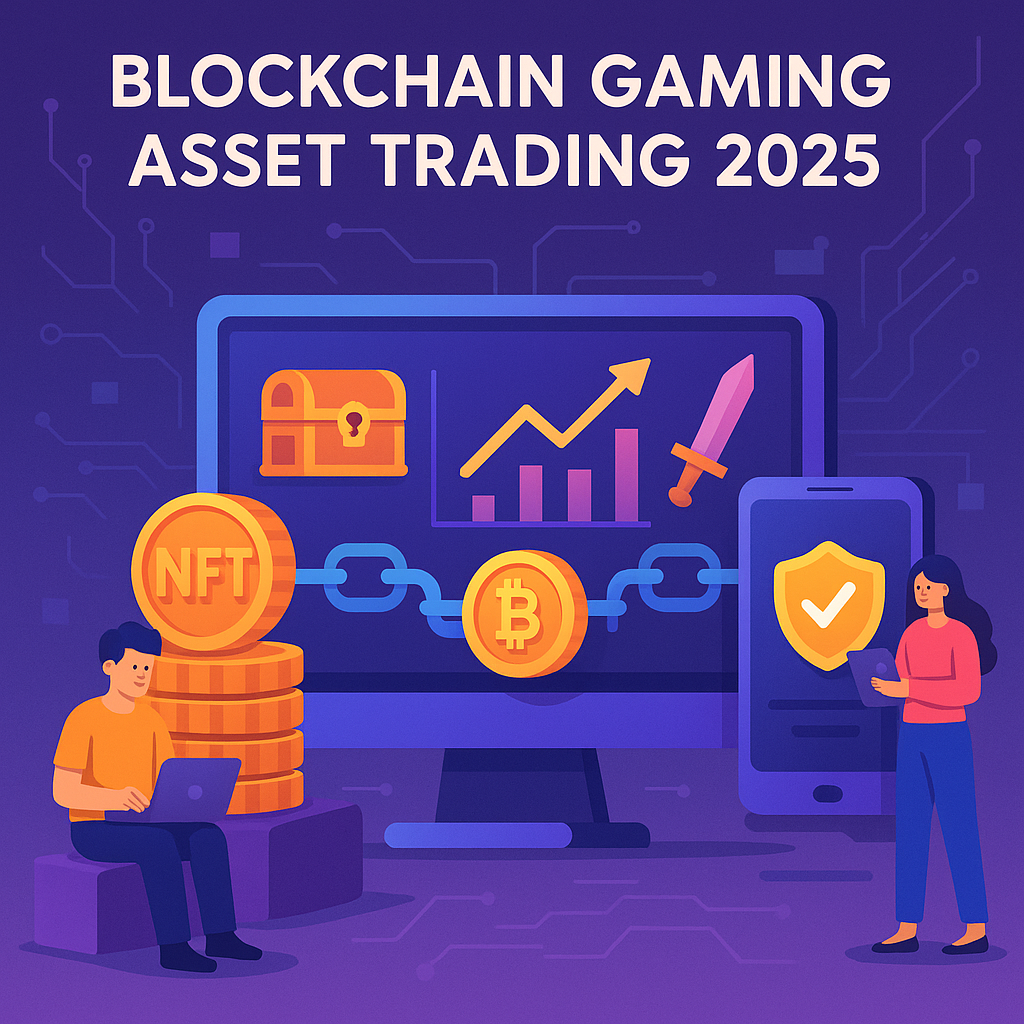
Gaming: Massively multiplayer online games leverage high-throughput blockchains for real-time asset trading and provably fair gameplay at scale.
-
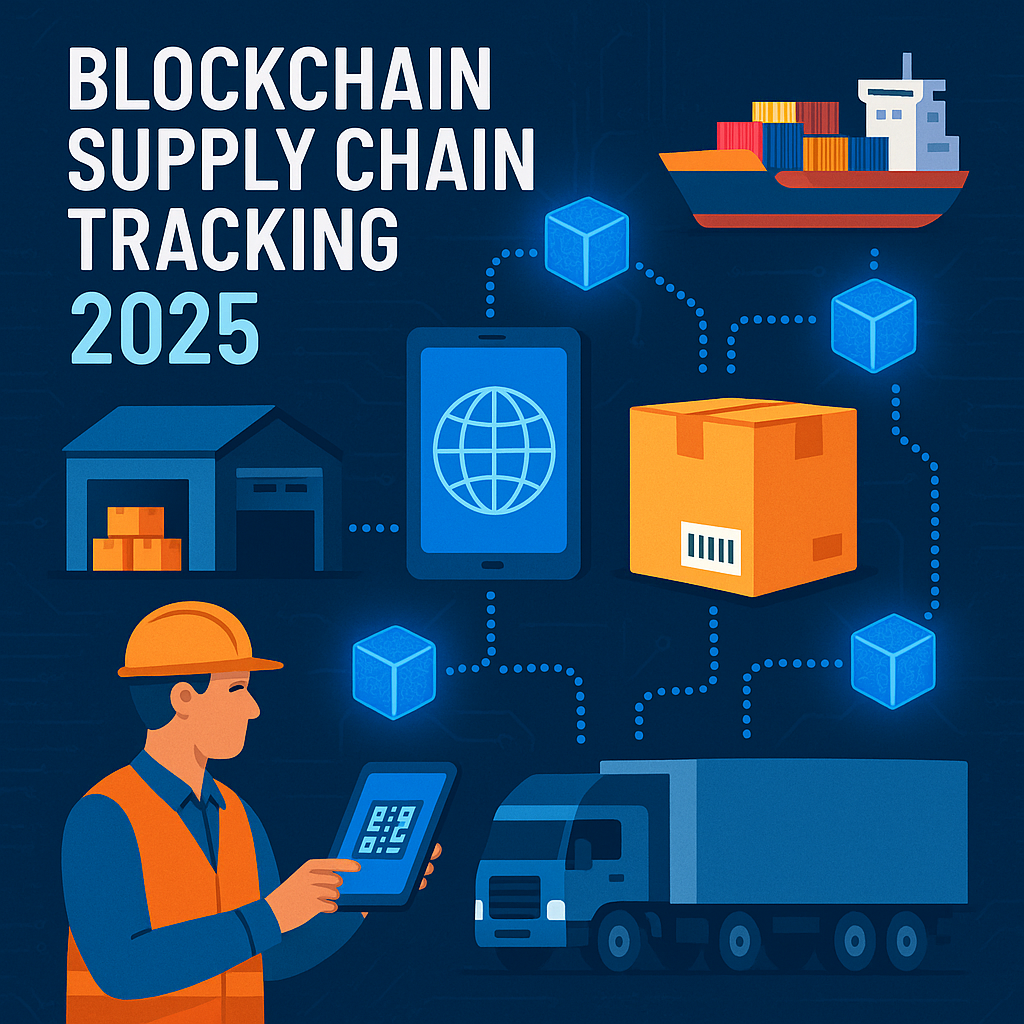
Supply Chain: Enterprises deploy scalable blockchains to track goods in real time, ensuring product authenticity and streamlined logistics across global networks.
-

Healthcare: Hospitals and clinics adopt blockchain solutions for secure, interoperable patient records and privacy-preserving data sharing among providers.
Financial services remain at the forefront—think instant settlement for tokenized assets or cross-border payments without intermediaries—but sectors like gaming and healthcare aren’t far behind. Blockchain-powered supply chains now track goods at every stage with unparalleled transparency and speed, while medical records can be securely exchanged across borders with patient consent.
What’s Next? The Road Ahead for Blockchain Scalability
While the progress made by 2025 is undeniable, challenges remain. Interoperability between scaling solutions, user experience improvements (wallet UX still matters!), and ongoing security research will define the next phase of adoption. But the foundation is set—and it’s stronger than ever before.
The conversation among developers and enterprises alike has shifted from “if” to “how fast” mass adoption will happen. For those watching blockchain adoption trends closely, it’s clear that scalability isn’t a distant dream—it’s a present-day reality shaping everything from global payments to digital identity.
If you’re considering building on—or investing in—blockchain infrastructure this year, pay close attention to which projects are delivering on their scalability promises with real-world impact. The winners of 2025 will be those who combine technical excellence with usability at scale.
For more deep dives on next-gen blockchain technology—and to stay ahead on all things digital currency—keep following Crypto Daily News.



